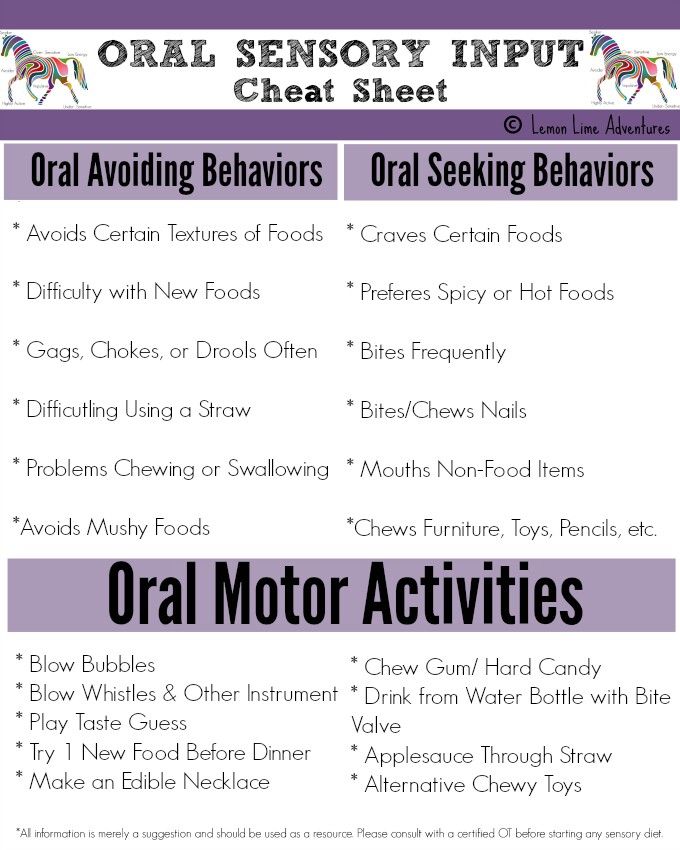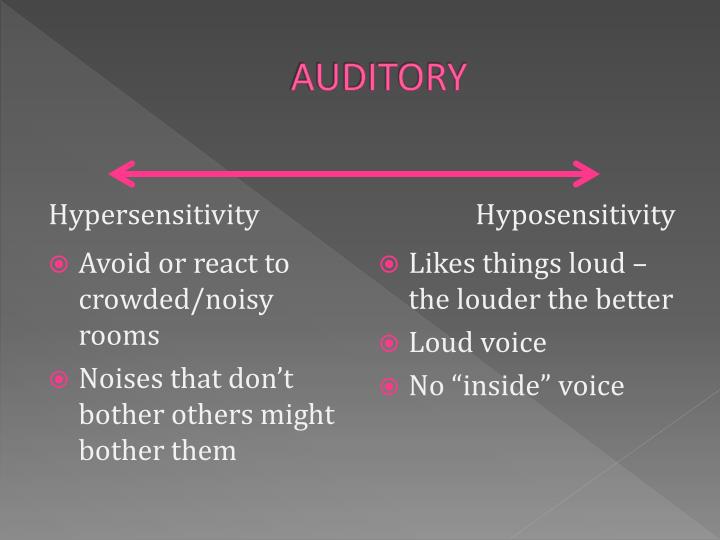

There may be different mechanisms underlying hyperacusis in children. Little wonder children don’t like them! “Anxiety in children can contribute to increased auditory gain and in turn to increased vigilance, exacerbating the hyperacusis.” While some definitions of hyperacusis refer to problems with everyday sounds, many of these sounds are really loud (see table). Common sounds which children find troublesome include that of vacuum cleaners, children screaming or playing, hand dryers, emergency sirens and alarms. Sounds which are loud, unpredictable in onset or duration, and over which the child has no control tend to be particularly problematic. Picture simulated from clinical experience of patients. It may also relate to different populations of children, with a higher prevalence in preschool children and children with developmental difficulties, including autistic spectrum disorder. This variability may relate to the variations in diagnosis. The reported prevalence of hyperacusis in children varies between 3.2% and 17.1%. For a few children, the reaction to loud sounds can range from distress to panic attacks which can last for considerable time after cessation of the troublesome sound. For most children, this usually lasts until the noise has stopped. In any noisy environment, it’s a common sight to see children holding their hands over their ears. Behavioral therapy can help treat the anxiety associated with hyperacusis, and acoustic therapy can decrease your sensitivity to sounds.Ĭontact Hearing Associates online or call 888.760.2032 to speak with an audiologist about your hearing sensitivity today.Sound tolerance symptoms in young patients can be a challenge, Veronica Kennedy and Claire Benton share their clinical experience in navigating the issues that can arise in diagnosis and management. Treating an injury or infection may ease your symptoms. Treatment: Effective hyperacusis treatment depends on the cause.


Physical discomfort in one or both ears.Heightened sensitivity to everyday sounds.It’s also caused by health conditions and injuries like: The irreparable damage to the ear’s hair cells makes it difficult for your brain to process volume accurately. Sounds with a moderate volume can seem loud, intense, and annoying.Ĭauses: Hyperacusis may be the result of exposure to loud noises. If sounds cause your ears physical pain, you may have hyperacusis. Using white noise machines or other devices to mask these sounds can help you manage your reactions. These treatments focus on changing your negative associations with trigger sounds. Treatment: Like tinnitus, misophonia is treated with cognitive-behavioral therapy or counseling. The exact causes are unknown, but studies have shown misophonia usually develops between the ages of 9 and 12. It’s a neurological condition in which a person has a strong emotional or physical reaction to sounds like chewing or breathing.Ĭauses: Misophonia is a psychological condition often associated with obsessive-compulsive and anxiety disorders. Misophonia means hatred or fear of sound. Cognitive-behavioral therapy can help you learn techniques to regulate your emotional response as well. Ask your audiologist about hearing aids with masking programs to reduce the effects of tinnitus. Treatment: Prevent further hearing damage by reducing your exposure to loud noises or wearing earplugs. Symptoms: Ringing, buzzing, or roaring in one or both ears that interferes with your ability to listen or interact. Tinnitus is caused by age-related hearing loss, exposure to loud noises, and ototoxic medications. It’s usually a symptom of other health problems like high blood pressure, ear injury, or a circulatory disorder.Ĭauses: Tinnitus is often caused by damage to your hair cells – transmitters in your ears that send electrical signals from your auditory nerve to your brain.

Tinnitus is a condition that causes ringing in your ears. Get the facts on these hearing conditions and how you can treat them. If certain sounds make you cover your ears, you may have sound sensitivity caused by tinnitus, misophonia, or hyperacusis.


 0 kommentar(er)
0 kommentar(er)
